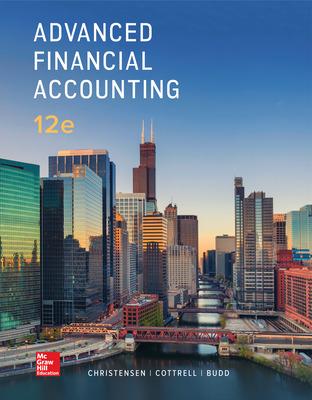

Required information Exercise 7-21B Complete the accounting cycle using long-term asset transactions (LO7-4, 7-7) (The following information applies to the questions displayed below.) On January 1, Year 1, the general ledger of a company includes the following account balances: Credit Debit $ 59,200 26,000 $ 2,700 Accounts Cash Accounts Receivable Allowance for Uncollectible Accounts Inventory Notes Receivable (5%, due in 2 years) Land Accounts Payable Common Stock Retained Earnings Totals 36,800 18,000 160,000 15,300 225,000 57,000 $ 300,000 $300,000 During January Year 1, the following transactions occur: January 1 Purchase equipment for $20,000. The company estimates a residual value of $2,000 and a four-year service life. January 4 Pay cash on accounts payable, $10,000. January 8 Purchase additional inventory on account, $ 87,900. January 15 Receive cash on accounts receivable, $22,500. January 19 Pay cash for salaries, $30,300. January 28 Pay cash for January utilities, $17,000. January 30 Sales for January total $225,000. All of these sales are on account. The cost of the units sold is $117,500. Information for adjusting entries: a. Depreciation on the equipment for the month of January is calculated using the straight-line method. b. The company estimates future uncollectible accounts. The company determines $3,500 of accounts receivable on January 31 are past due, and 50% of these accounts are estimated to be uncollectible. The remaining accounts receivable on January 31 are not past due, and 2% of these accounts are estimated to be uncollectible. (Hint: Use the January 31 accounts receivable balance calculated in the general ledger.) c. Accrued interest revenue on notes receivable for January. d. Unpaid salaries at the end of January are $33,100. e. Accrued income taxes at the end of January are $9,500. Exercise 7-21B Part 6 6. Record closing entries. (If no entry is required for a particular transaction/event, select "No Journal Entry Required" in the first account field.) View transaction list Journal entry worksheet Record the closing entry for expenses. Note: Enter debits before credits. Date General Journal Debit Credit January 31 Record entry Clear entry View general journal Required information Exercise 7-21B Complete the accounting cycle using long-term asset transactions (L07-4, 7-7) (The following information applies to the questions displayed below. On January 1, Year 1, the general ledger of a company includes the following account balances: Credit Debit $ 59,200 26,000 $ 2,700 36,800 Accounts Cash Accounts Receivable Allowance for Uncollectible Accounts Inventory Notes Receivable (5%, due in 2 years) Land Accounts Payable Common Stock Retained Earnings Totals 18,000 160,000 15,300 225,000 57,000 $ 300,000 $ 300,000 During January Year 1, the following transactions occur: January 1 Purchase equipment for $20,000. The company estimates a residual value of $2,000 and a four-year service life. January 4 Pay cash on accounts payable, $10,000. January 8 Purchase additional inventory on account, $87,900. January 15 Receive cash on accounts receivable, $22,500. January 19 Pay cash for salaries, $30, 300. January 28 Pay cash for January utilities, $17,000. January 30 Sales for January total $225,000. All of these sales are on account. The cost of the units sold is $117,500. Information for adjusting entries: a. Depreciation on the equipment for the month of January is calculated using the straight-line method. b. The company estimates future uncollectible accounts. The company determines $3,500 of accounts receivable on January 31 are past due, and 50% of these accounts are estimated to be uncollectible. The remaining accounts receivable on January 31 are not past due, and 2% of these accounts are estimated to be uncollectible. (Hint: Use the January 31 accounts receivable balance calculated in the general ledger.) c. Accrued interest revenue on notes receivable for January. d. Unpaid salaries at the end of January are $33,100. e. Accrued income taxes at the end of January are $9,500. Exercise 7-21B Part 6 6. Record closing entries. (If no entry is required for a particular transaction/event, select "No Journal Entry Required" in the first account field.) View transaction list Journal entry worksheet Record the closing entry for revenues. Note: Enter debits before credits. Date General Journal Debit Credit January 31 Record entry Clear entry View general journal








